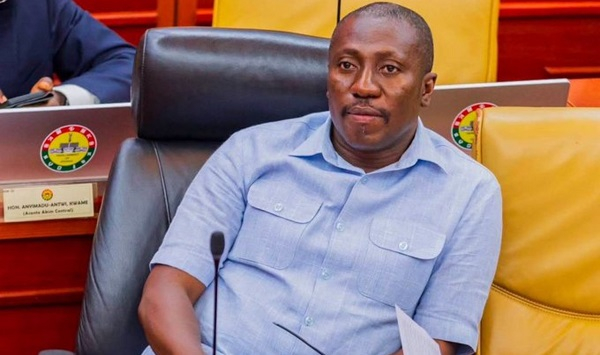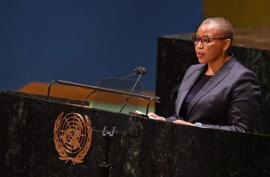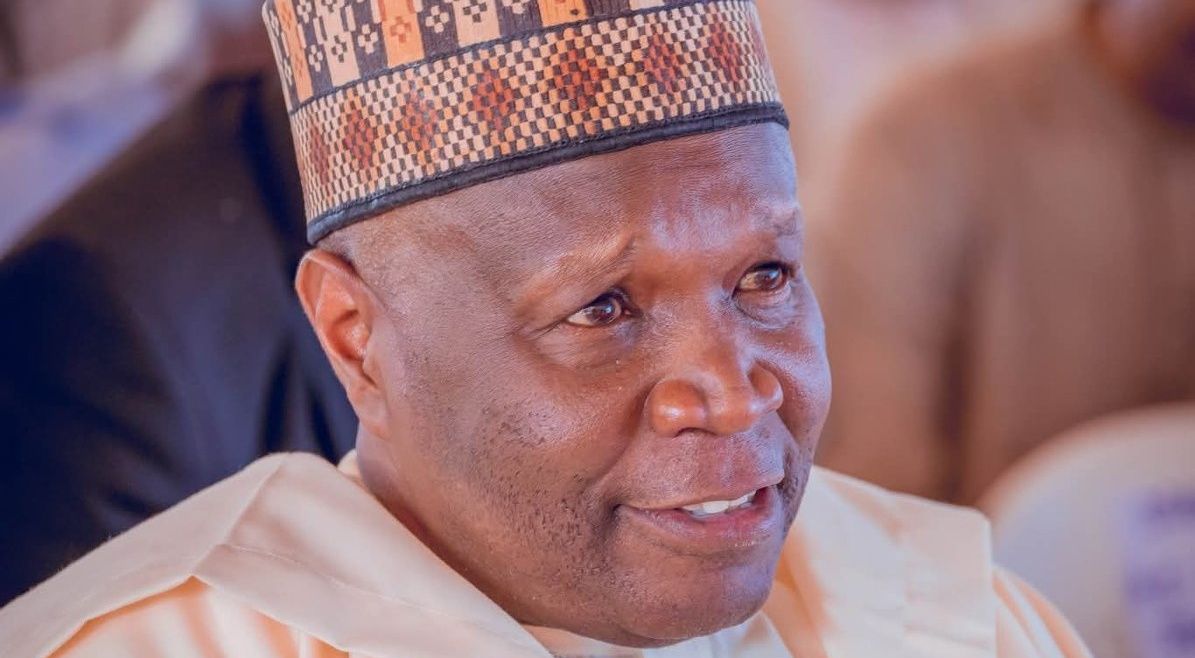Global Gateway boosts energy security in Tajikistan with new Sebzor hydropower plant - European Commission
Today, Global Gateway reached a new milestone with the inauguration of the Sebzor hydropower plant that will improve the access to sustainable, reliable and affordable electricity for more than 430,000 people in a rural region of Tajikistan and Afghanistan, reduce the risk of electricity interruptions through natural disasters, creating new jobs and generating income for local people. In addition, another EU-supported strategic energy infrastructure was launched to advance rural electrification. The inauguration was presided over by the President of the Republic of Tajikistan, Emomali Rahmon, and attended by key international development partners.
European Commissioner for International Partnerships said: “The Sebzor hydropower plant, in line with the EU’s Global Gateway investment strategy, is a great illustration of how a sustainable infrastructure project transforms a whole region. It strengthens energy security, unlocks opportunities for local communities and businesses, promotes economic growth, and protects people’s health and the environment. I was privileged to visit Tajikistan this year and could see the potential for our deeper partnership, bringing added value, win-win solutions and building stronger connections between both regions.”
Tajikistan, rich in water resources, also faces significant challenges in managing them effectively, while being increasingly exposed to the impacts of climate change. To address this, Tajikistan and the EU are working together to improve regional coordination on water management while unleashing the country’s hydropower potential through the Team Europe Initiative on Water, Energy and Climate Change.
The Sebzor project is part of the EU’s commitment to supporting a green energy transition in Tajikistan and beyond, especially in the historically underserved region of Gorno-Badakhshan Autonomous Oblast (GBAO). Located at an altitude of over 2,500 meters above sea level in Roshtqala district, the run-of-river plant has an installed capacity of 11 megawatts. It can generate more than 76 million kilowatt-hours of clean, renewable electricity annually and avoid more than 45,000 metric tons of CO₂ emissions each year. The plant is grid-synchronized to strengthen power supply reliability across GBAO and will also contribute to cross-border electricity exports to northern Afghanistan. Notably, the Sebzor Hydropower Plant aligns with global best practices in environmental, social, and governance (ESG) criteria, having been internationally recognised as the first project worldwide to be certified under the Hydropower Sustainability Standard.
As part of the Sebzor project, the event also featured a ceremony for a new secondary school for 240 students in the Barjangal settlement. The project also delivers broad benefits through a Livelihood Restoration Program that supports entrepreneurship and community development. It also finances recreational infrastructure and a new school under the Resettlement Action Plan, connecting communities across the region.
The project is jointly financed in a Team Europe approach, by the German government, the European Union through the KfW Development Bank and implemented by the Pamir Energy company.
The critical power infrastructure also inaugurated today brings the country closer to finalising the regional electricity grid. It is expected to provide electricity for about 300,000 people as well as public services and businesses, and reduce costs.
Two major milestones were marked during the event:
The project is jointly financed by the European Union and German government via KfW and the PATRIP Foundation, channelled via the Aga Khan Foundation (UK), and implemented by Pamir Energy Company.
is the EU's positive offer to reduce the worldwide investment disparity and boost smart, clean and secure connections in digital, energy and transport sectors, and to strengthen health, education and research systems.
The Global Gateway strategy embodies a Team Europe approach that brings together the European Union, EU Member States, and European development finance institutions. Together, we aim to mobilise up to €300 billion in public and private investments from 2021 to 2027, creating essential links rather than dependencies, and closing the global investment gap.










